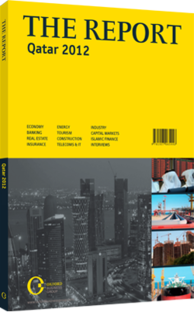This chapter includes the following articles.
Telecoms & IT

The telecoms market is still relatively young in terms of market-driven competition. The market entered a new phase in 2009, when Vodafone Qatar began to operate as the second telecoms provider, bringing an end to Qatar Telecom’s (Qtel) monopoly. The resulting competition has sparked more innovation and brought higher-quality service. Indeed, mobile penetration rates now stand at 142%. Landline network has grown too: between 2002 and 2011 the number of landline telephone subscriptions jumped from 176,519 to 308,655. More recently, this has been useful in propelling the use of broadband internet. However, a new $550m public fibre network initiative is set to provide more than 95% of the state’s population with connection speeds up to 100 megabits per second by 2015.
This chapter includes interviews with Hessa Al Jaber, Secretary-General of the Supreme Council of Information and Communication Technology (ictQATAR); Sheikh Saud bin Nasser Al Thani, CEO, Qatar Telecom; and Rashid Al Naimi, Chairman of the Board of Directors, Meeza.

